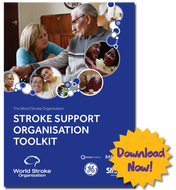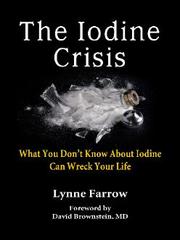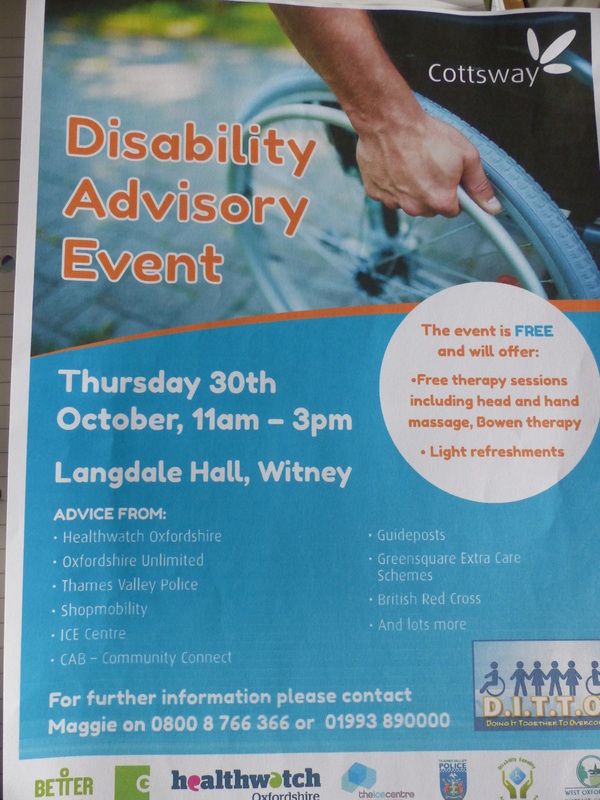0 Comments
 I recently treated a stroke sufferer - some 3 years after its occurrance. As I completed the first session's treatment he reported "I feel different, something has changed". Some months on, the client's standard of life has significantly improved (he has now been re-awared his driving license.) The Journal published by the Royal New Zealand College of General Practioniers in March 2011 (Page 53) reported on a Pilot Study entitled "Improved motor function with Bowen Therapy for rehabilitation in Chronic Stroke" View:- http://www.rnzcgp.org.nz/march-2011/ for the full report _ But the Report's Abstract is reproduced below in full Introduction Bowen Therapy is an established coimplimentary therapy, with anecdotal reports of effectiveness. However, there is limited published research in to substantiate safety oe effectiveness. This is a pilot study to explore the potential impact of Bowen Therapy in Chronic Stroke. Methods A Case series of 14 people with Chronic stroke were offered 13 sessions of Bowen therapy over a three month period. Results Motor assessment of 13 people who participated showed improvements-gross motor function trended to improvement. SF-36 role-physical, physical health summary scale and total SF-36 scores showed statistically significant improvements . However Grip strength reduced. Conclusions In theis pilot study, Bowen therapy was associated with improvements in neuromuscular function in people with chronic stroke. At this stage of study, at this stage it is not possible to include that there is definite benefit, however, the results suggest that exploration through further research is appropriate. The UK Stroke Association (whose brochure is featured above) offers advice for people unfortunately affected by this condition. See their web site http://www.stroke.org.uk/ |
|


 RSS Feed
RSS Feed
